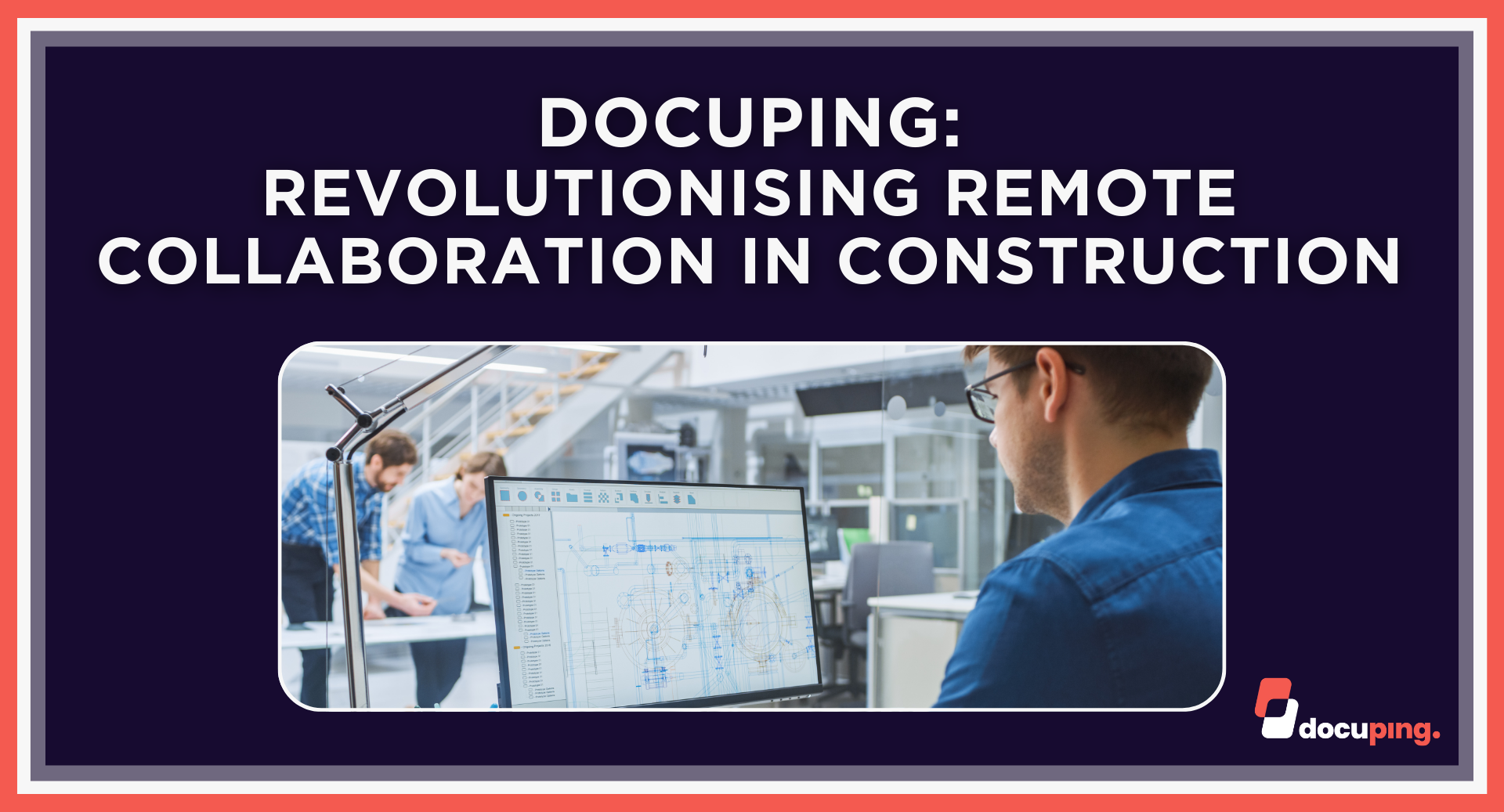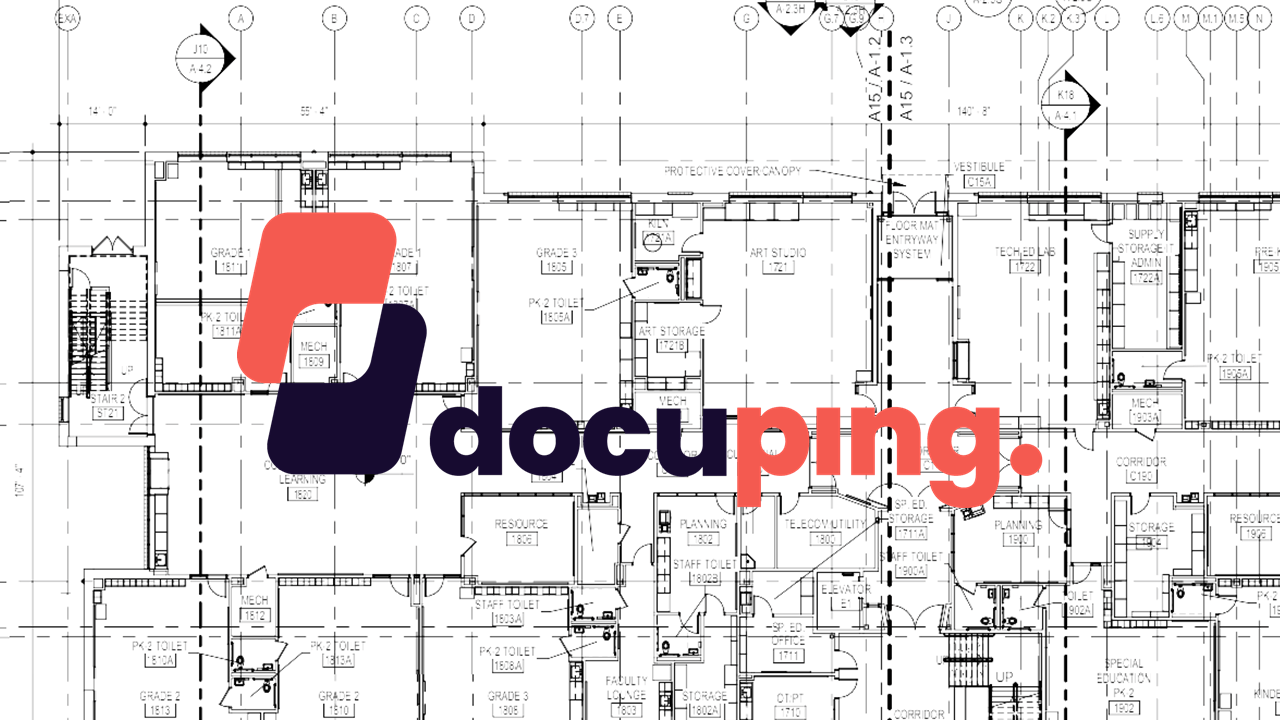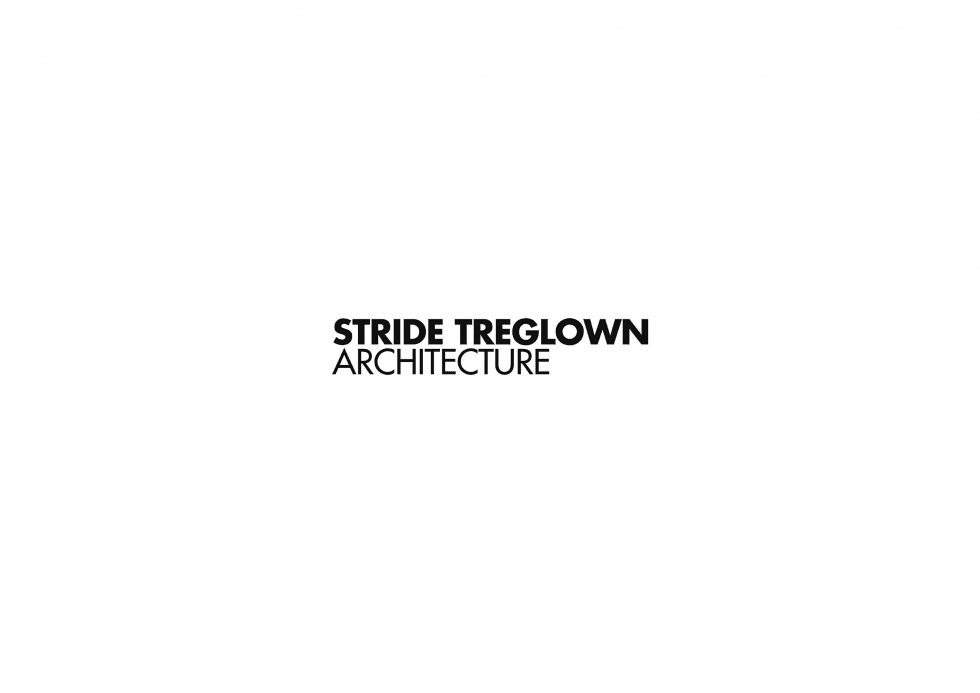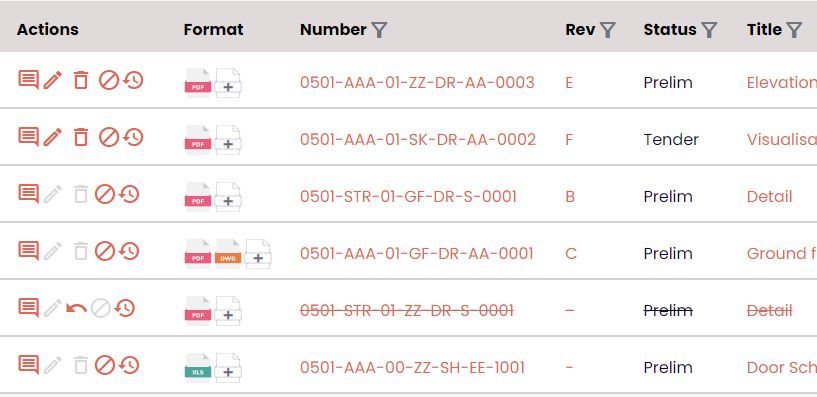Collaboration and the State of the Industry
File sharing within the AEC sector has been a challenge for many years now, with a lack of efficiency, consistency and safety in data and file handling.
To understand the state of the industry and the exact problem that DocuPing is trying to solve, we caught up with five industry experts to get their insights into the challenges they face in regards to common data environments and file collaboration, and where they would like to see programmes in the future heading to resolve these issues.
What challenges do you find with Common Data Environments?
Jim Gregory, Head of BIM at Plowman Craven: Depending on where you sit in the design and build world, you only need certain things and these requirements will change depending on the stage of the process. Common data environments currently have many different functions, not all of which are needed at all stages of the process, and tend to sometimes overcomplicate the process.
Secondly, this leads to common data environments being perceived as expensive. The value isn’t there for users as not all the features they pay for will be used at all stages in the process, or even at all.
Viktoria Roy, Senior BIM Engineer at John Sisk & Son Ltd: The main purpose of the CDE is a single truth for information at all stages of the building lifecycle. However, the initiative to set up such CDE is in the Clients/Operator realm, which has not been widely implemented just yet. Currently, there are multiple platforms for document control, issue tracking, 3D models, visualisation, sometimes even inbuild clash detection ability, however, the absence of a life cycle solution brings forward the necessity of migrating data from one platform to another, duplicating work and information.
Another challenge is that the contractor information requirements are only considered after the Tender and at the discretion of the design team. Except for the Integrated Project Delivery procurement route or a Pre-construction services agreement (PCSA), the contractor has no influence on strategy for the data exchange.
Sangcheol Jeong, BIM Consultant: There are many challenges, however, one of the biggest is that many companies have their own system they want to use. The problem with this is that although they are able to use this to manage information, the CDE still needs an environment where users are able to collaborate with other consultants to make better and more effective decisions.
At the moment we are in a hybrid state where clients are keen to use platforms such as SharePoint, but design teams prefer to use BIM, which makes sharing the documents a challenge. There needs to be a fixed solution to take over from the temporary ways we are currently working.
What challenges do you face concerning file collaboration and issuing with external project team members (e.g ISO 19650 and BS1192 Naming Conventions)?
Jim: The standards are a barrier to entry as they don’t make sense to the majority of users. They need to exist, as they allow for a robust, well-structured exchange of information and management, but in order for them to be adopted, people need to understand them. However, lots of people are divided on this opinion, i.e they think it should be written in a more understandable form, whereas others dislike overly simplifying the standards. I, therefore, believe that the problem isn’t with the common data environment, but with the people that use it. The perfect common data environment would be one that suits both needs.
Viktoria: The main issue for the contractor when exchanging files with the design team and subcontractors is the ability of the team to grasp the multiple platforms interface. Document controllers and BIM managers usually resolve this by safeguarding the standards and providing training. The successful engagement on those various platforms will depend on whether the design team is willing to participate in the process.
The next challenge is the platform interface. When it is too complex and requires additional training, there is a danger that files will be exchanged through emails or free file-sharing platforms. On the other hand, if the platform is too simple, the crucial functionality for document control could be absent.
Murillo Piazzi, BIM Technologist at BIM Academy:
The main challenge we face is getting users to understand naming conventions. Often people don’t know how to use status codes meaning elements like the project code fields aren’t filled in, which can have a huge impact on workflow. The way programmes are currently designed means that the user has to fill out the code fields every time, even though the code remains the same across a project. Ideally, the fields should be set as a fixed parameter to avoid them being missed or filled in incorrectly and also to save the user time.
What would you like to see happen in the future to resolve problems today?
Jim: I would like to see a more flexible way of working that is more accessible to everyone, rather than just technical experts. The price needs to be aligned with the functional need at that time in the project so that it is adopted better. Once we can overcome these challenges, it will make Common Data Environments a more true collaboration platform.
Viktoria: The ideal scenario for the future CDE is the one that answers the ISO 19650 information management requirements. The standard itself has explained to each party its responsibility. Ideally, the Client aspiring to implement the digital twin during the operation acquires the platform. The team of document controllers from each stakeholder could manage areas related to the stage of the design or a form of procurement.
The ideal CDE of the future is the one governed by smart contracts and blockchains. The platform should have object base design allowing for the project programme, construction sequencing and 3D object direct link. The functionality for the supply-chain to push the operation and maintenance data into the 3D object and subsequently the Facility Managers Help Desk app that can pull this data during the operations.
Thomas Lund, Senior Project Manager at BIM Academy & leader of Digital Design at Ryder Architecture:
The time required to upload a set of drawings is still very time-consuming. At the moment, most people in Ryder are using 360 Docs, the big driver for this being its benefits in model collaboration, however, there are still issues when it comes to file uploading. This is similar to BIM360, which is also used by many who are more focused on model production, which allows the user to publish news, drawings, etc and upload them to the CDE. However, the issue with both of these platforms is that most projects require PDF or DWG file formats, meaning that we have to export the file into those formats, and then upload them in bulk, which as you can imagine is quite a lengthy process. It would be nice to see a programme that allows for a streamlined process, where there is a straightforward way of uploading files automatically in the right format.
DocuPing’s Mission is to develop a cloud-based document management solution for the worldwide AEC sector to create easier, faster and more secure distributed collaboration. It has been created by experts on a mission to solve the problem of data handling among the architecture and construction industries, such as those expressed by industry professionals in this interview.
Visit our website to find out more, or
sign up today.









